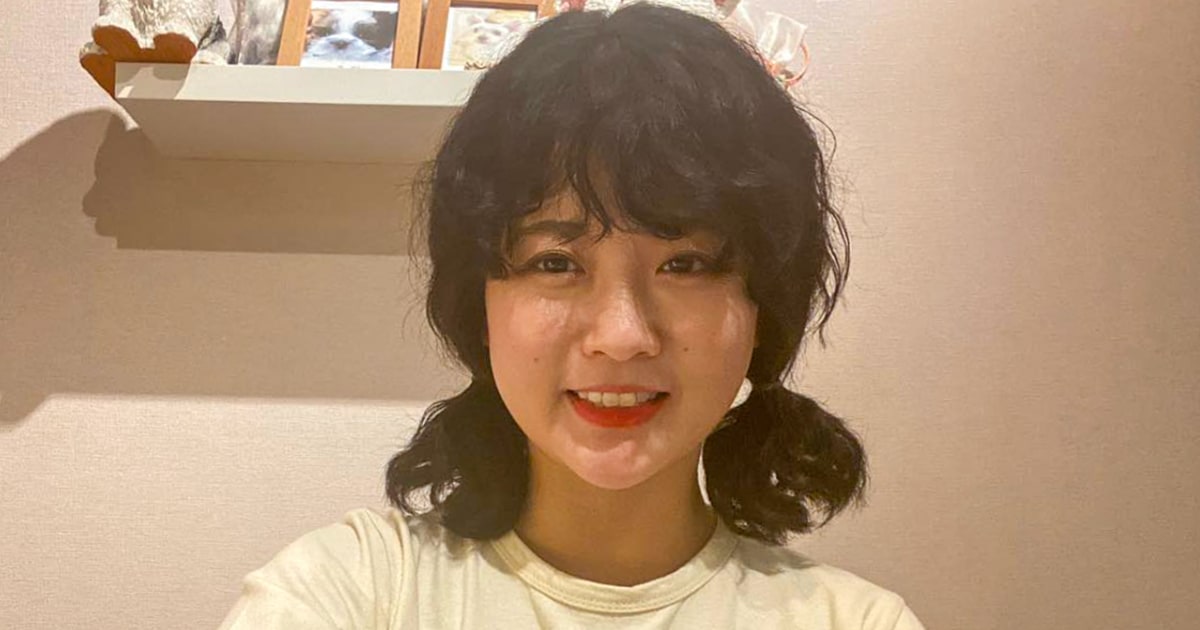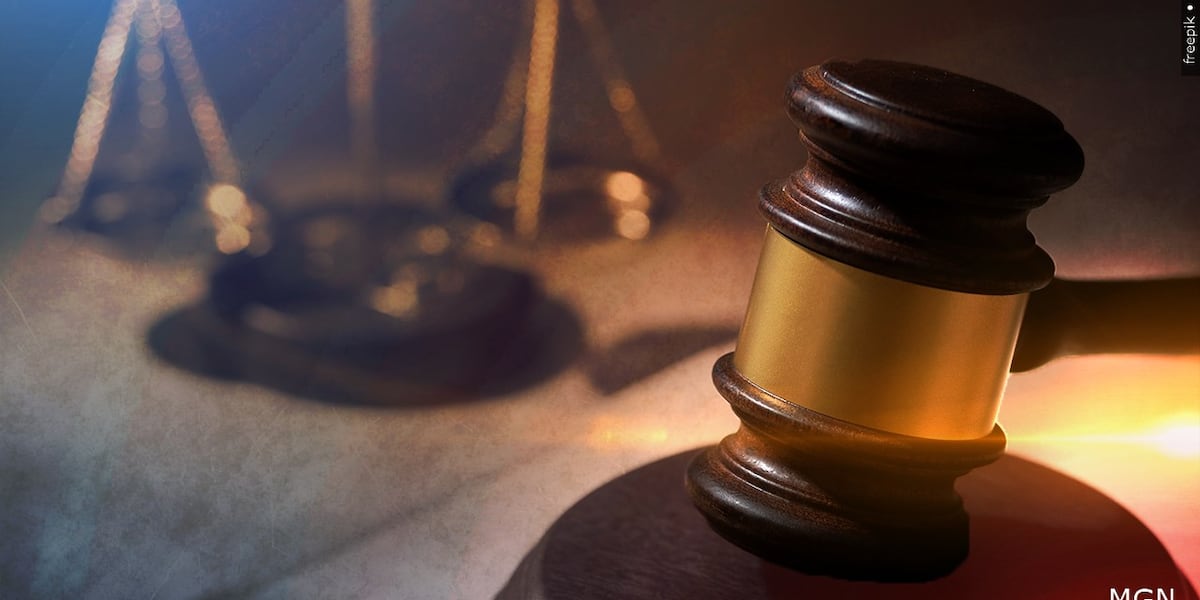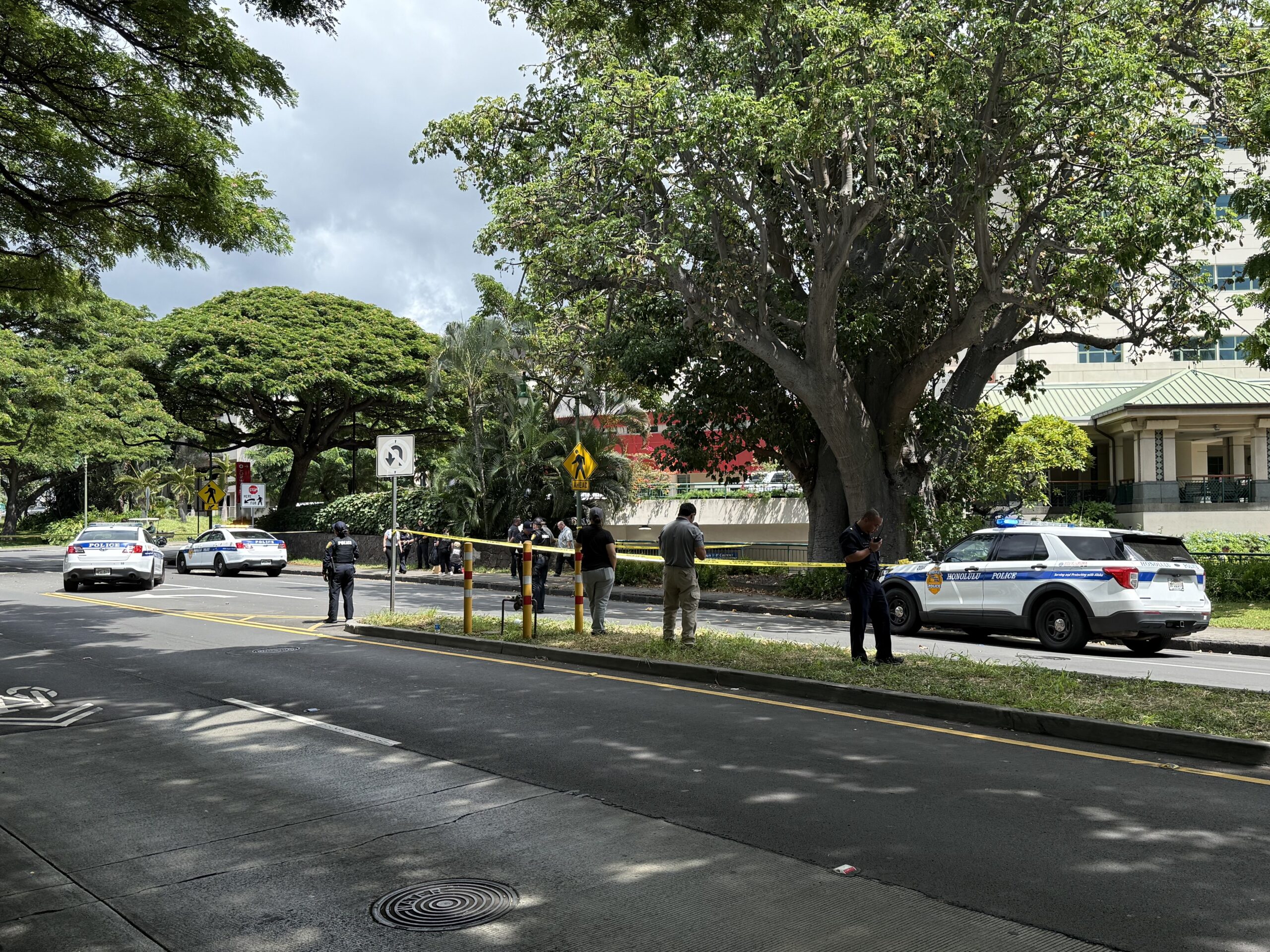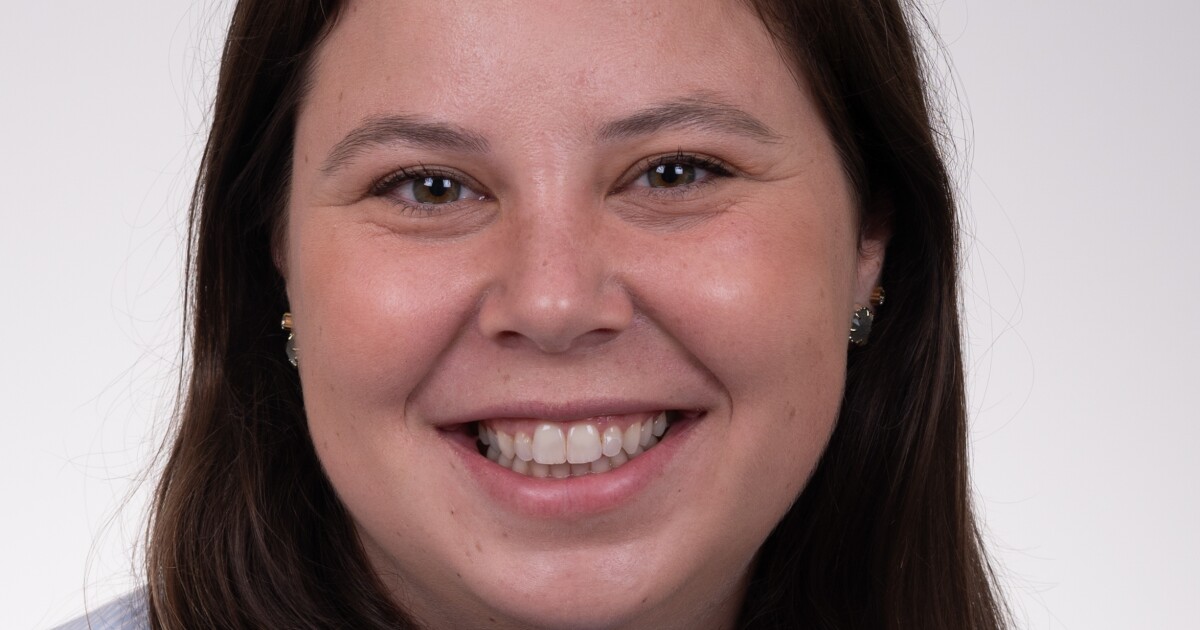Utah families struggle with youth mental health crisis as community seeks solutions

IVINS, Utah (KUTV) — Utah’s youth mental health crisis continues to impact families across the state — including here in Washington County, where suicide remains one of the leading causes of death among teens. Recently, a string of deaths by suicides have rocked the community as mental health providers, advocates, and parents question what more could be done.
Rosalyn Sugahara never thought she’d be one of those parents.
Her 14-year-old son Shazan, died by suicide last October. He was the second oldest of six kids, a ukuele player, a scooter trickster and a peacemaker in his neighborhood.
“He was such a happy, outgoing, talented boy,” Sugahara said. “But, no matter how much people told him he was amazing, he had a hard time believing it.”
After moving to Utah from Hawaii, Sugahara said her son had trouble adjusting and was bullied. Sugahara chose to take Shazan out of school because of that.
“I just wish there would have been more support around him — in school, in the community,” she said. “If kids had more outlets, if they were being taught how to cope better, maybe things would be different.”
According to the Utah Department of Health and Human Services, Washington County’s suicide rate is 26.8 deaths per 100,000 people — higher than the already elevated state average. For Utahns ages 10 to 17, suicide is the second leading cause of death.
And yet, many kids still don’t know where to turn.
“They don’t always want to talk to their parents,” Sugahara said. “They want someone outside, someone who’ll make them feel like they matter.”
This is something Irene Ah Quin is trying to provide.
Ah Quin runs a local nonprofit called iStrive, which hosts free mental health events and support groups out of her Hurricane dance studio. The gatherings are led by licensed therapists and are open to kids, teens, and adults.
She said she came up with the idea for iStrive after watching students in her studio struggle– not with dance, but with mental health.
“I kept seeing these kids break down and no one was talking about it,” she said. “They didn’t feel heard or like they belonged. So, we started asking, ‘what more can we do?'”
What began as a dance community expanded into something more: weekend mental health clubs, peer support circles, creative workshops, and simply a place for people to connect outside of their homes or their schools.
“Everyone’s going through something,” Ah Quin said. “Kids are just trying to be teenagers. Parents are just trying to be parents. We’re all trying, that’s why it’s called iStrive.”
She says schools are doing their best, but there are gaps.
“Teachers are doing a great job with what they have,” she said. “But where do kids go after school? Where do they go when they don’t know what they’re feeling or how to say it? For us, it’s about gathering.”
Sugahara hopes that by sharing her son’s story, other families might not have to live through the same grief. She believes speaking up, even when it’s painful, can be powerful and by showing grief it might deter someone else from taking their life.
“If I can save even one child by telling this story, then my son’s life won’t be in vain,” she said. “He kept himself alive just long enough to see my face one last time. That’s how I know he didn’t really want to go.”
iStrive is hosting a free rock-painting event Saturday June y at Main Ohana Movement in Hurricane. The rocks will be painted with positive messages and placed along the LaVerkin Bridge— a place that’s been the site of numerous suicides over the years.
If you or someone you love is struggling, call or text 988 to reach the Suicide & Crisis Lifeline.
To get help for yourself or someone you care about, call the National Suicide Prevention Lifeline at 1-800-273-TALK (8255). Or chat with someone at suicidepreventionlifeline.org.
_____
link







